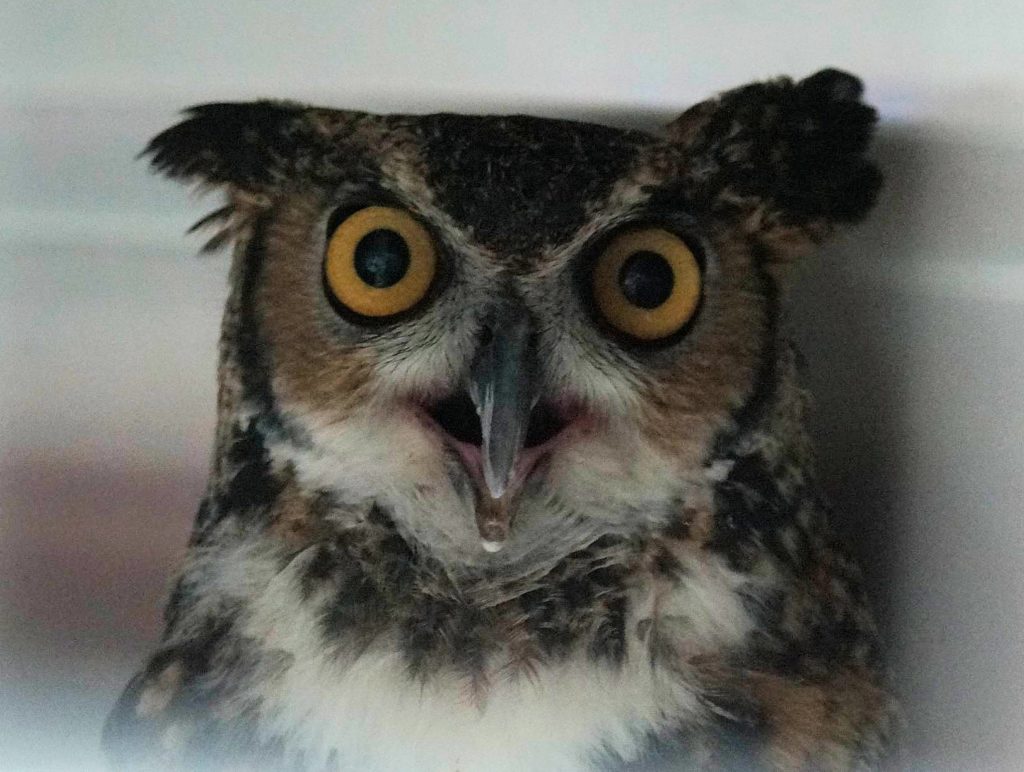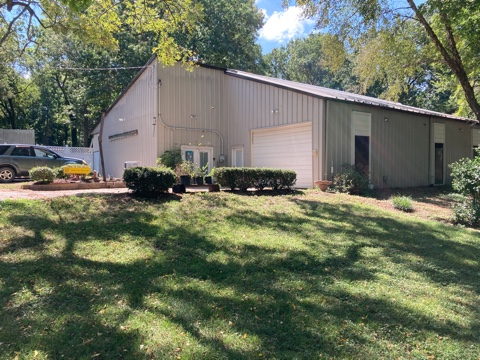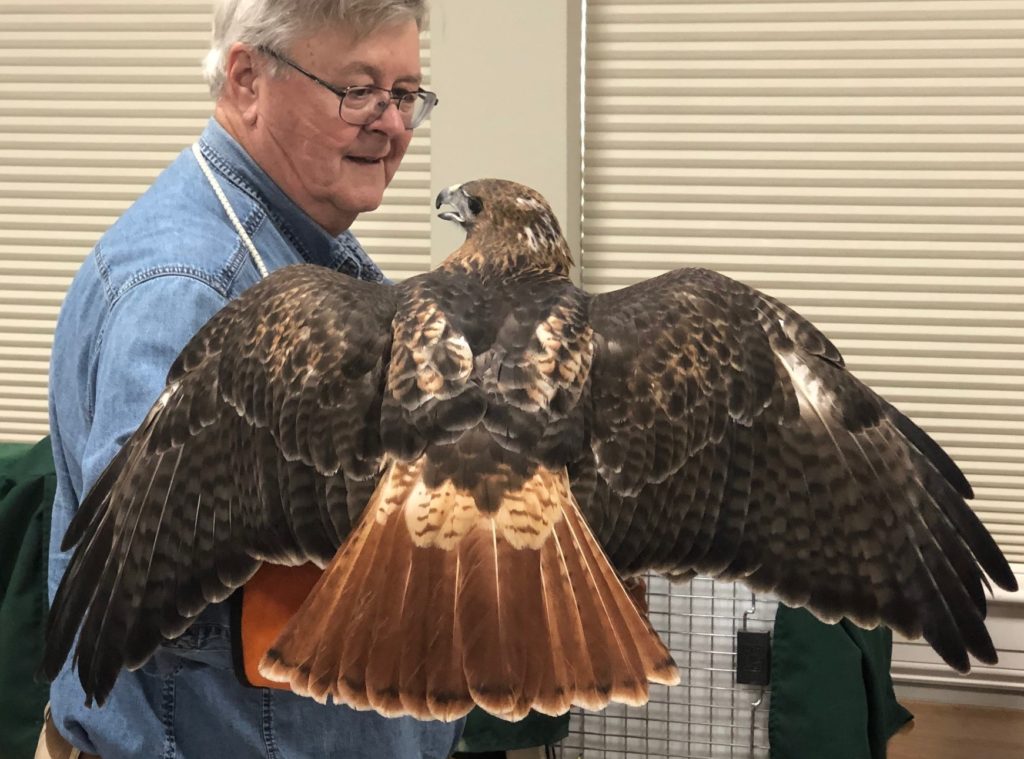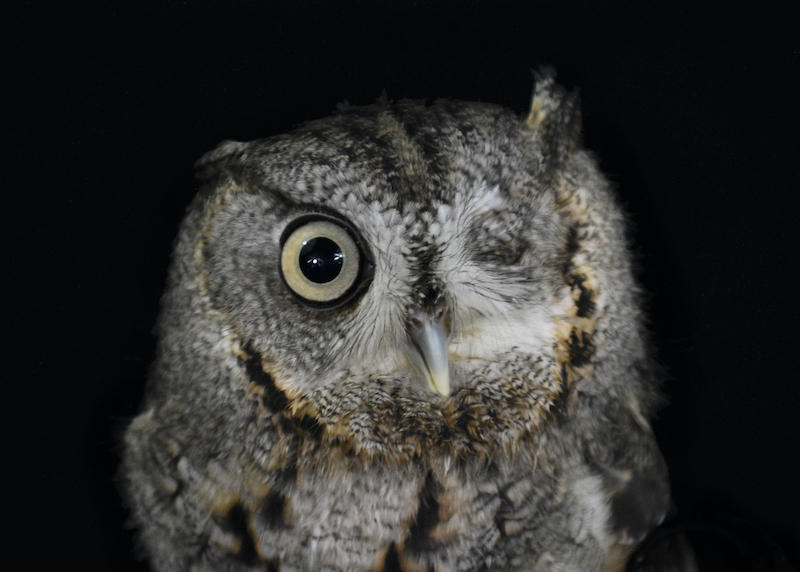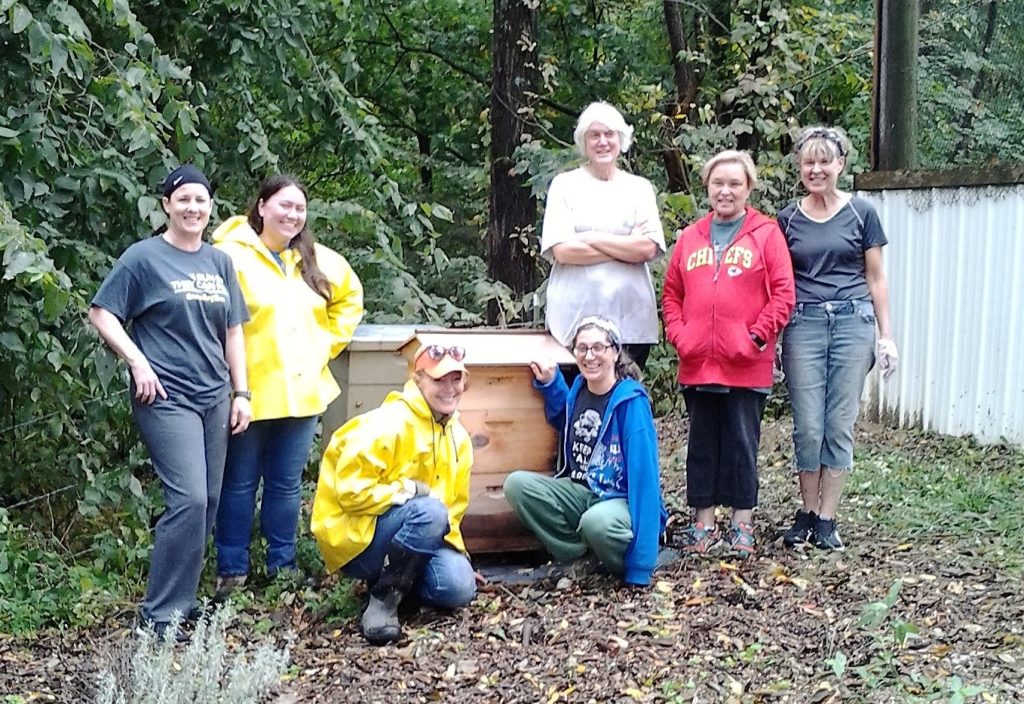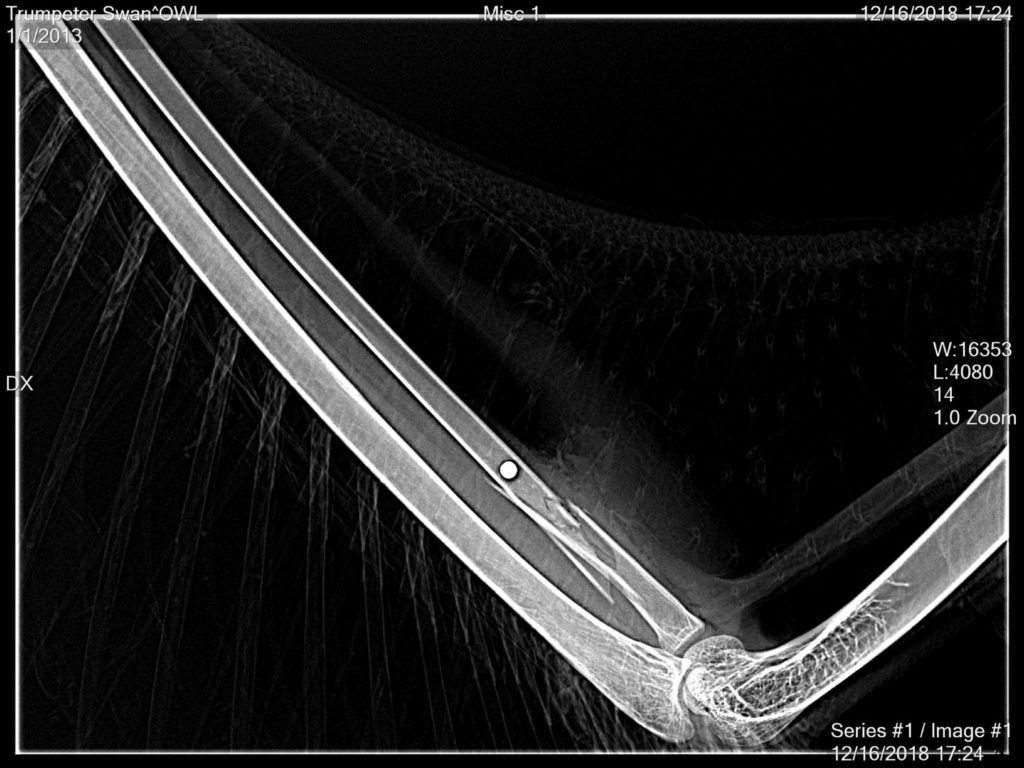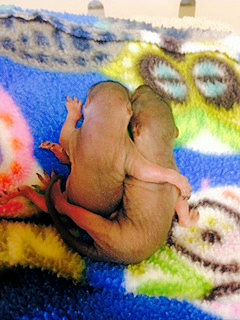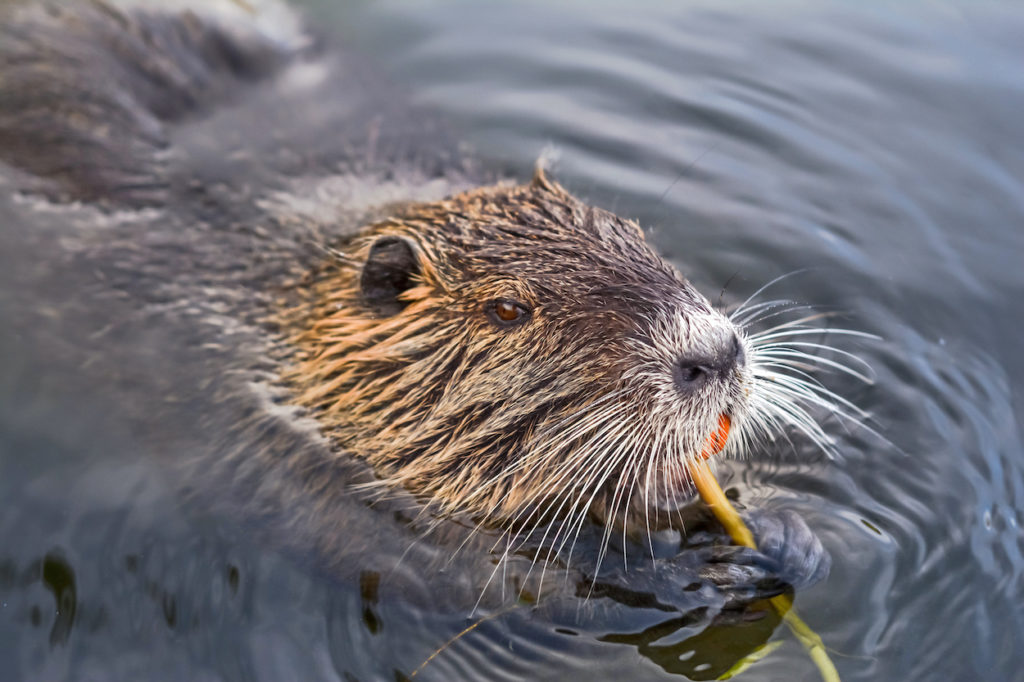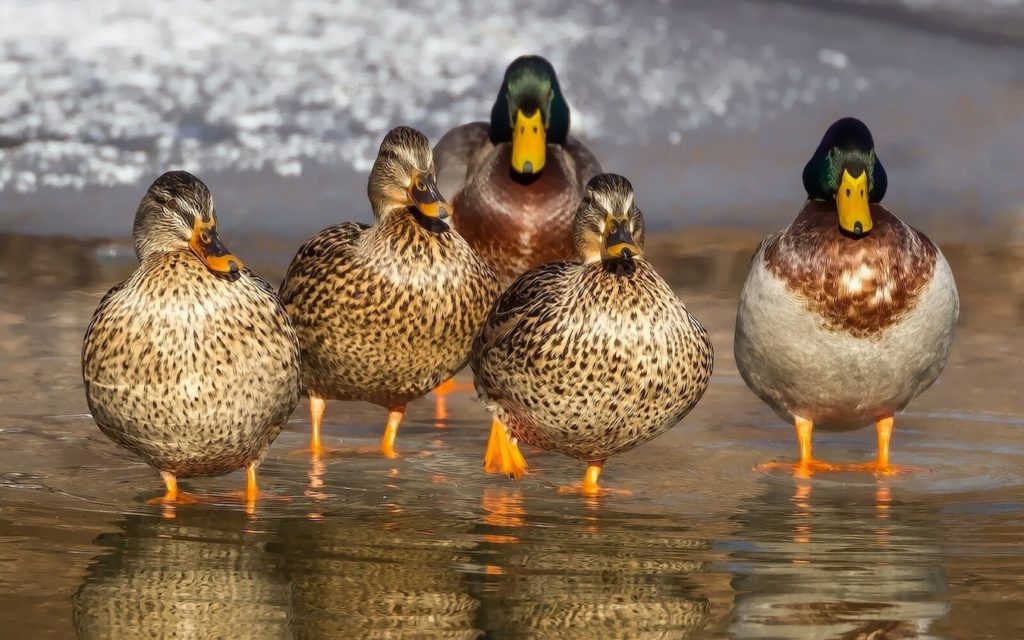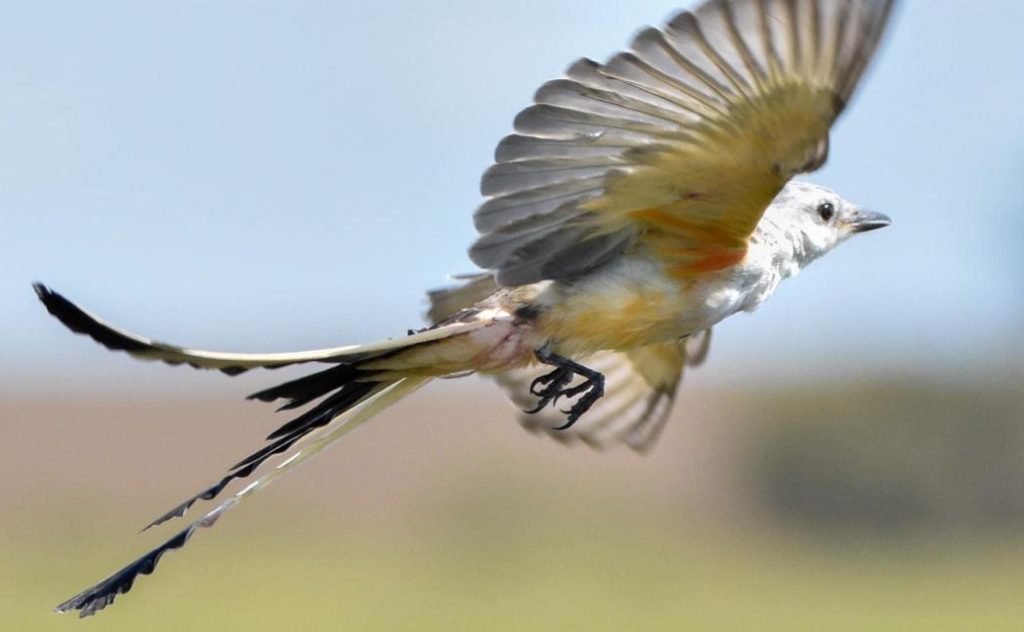About
Turtles
Turtles often make the perilous journey to a good, sunny location with loose soil in which to lay eggs. They then return to their familiar territory of a woodland, pond, or burrow. Turtle collection contributes to ongoing population declines in many species. Turtles and tortoises are particularly vulnerable to collecting, since they are slow-moving and generally non-aggressive. As is typical of long-lived animals, turtles are slow to sexually mature. They lay relatively few eggs, and mortality of eggs and hatchlings is frequently very high. In addition, their habitat is increasingly fractured by roads and carved up into housing developments and shopping centers, causing local extinctions. Every turtle who survives to adulthood is critical to its population.
Turtles are said to make good pets, yet they have specific dietary and habitat requirements and can pass diseases, such as salmonella, to humans. Instead of catching and making turtles your pets, learn about our native turtles and support them living in the wild. DO NOT TAKE IT HOME. DO NOT RELOCATE the turtle. Box turtles have a homing instinct and they will try to get back to the area they came from. If you move it far from it’s home you will likely cause it to get killed trying to get back to it’s home, so leave it in the area where it was found.
How to help a turtle
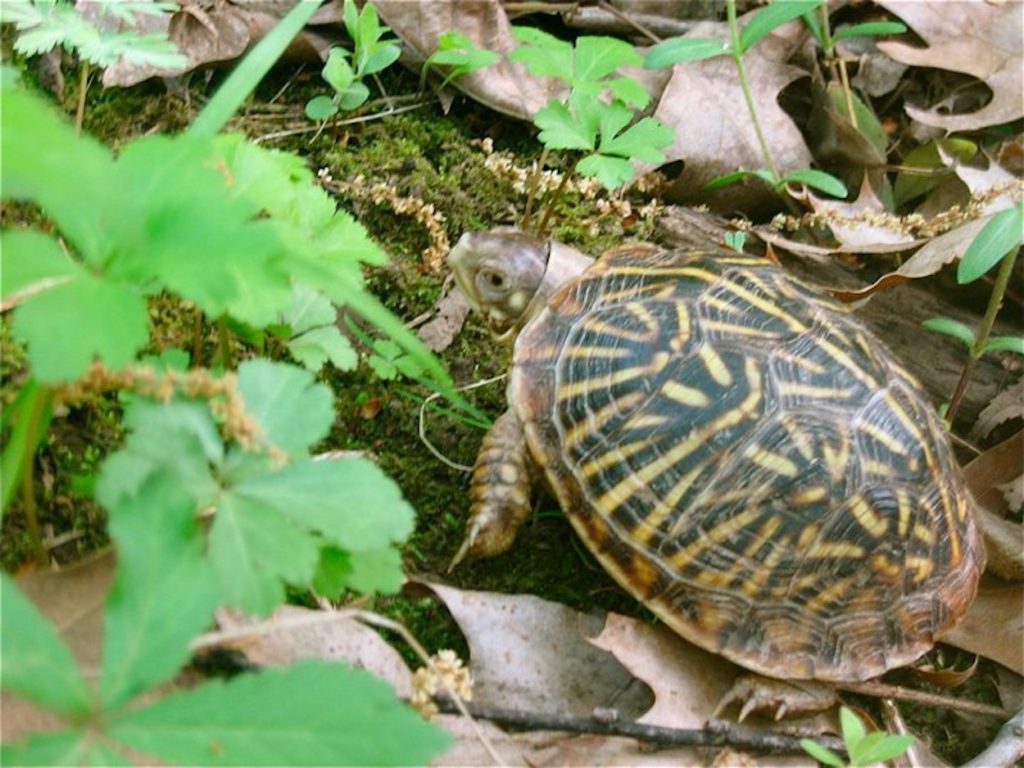
Assess Size and Species
Assess the injury and size/species of the turtle and decide the best way to help it. Always pick up a turtle by supporting it with one hand under the belly or by both sides of its shell. Never pick up a turtle by its tail.
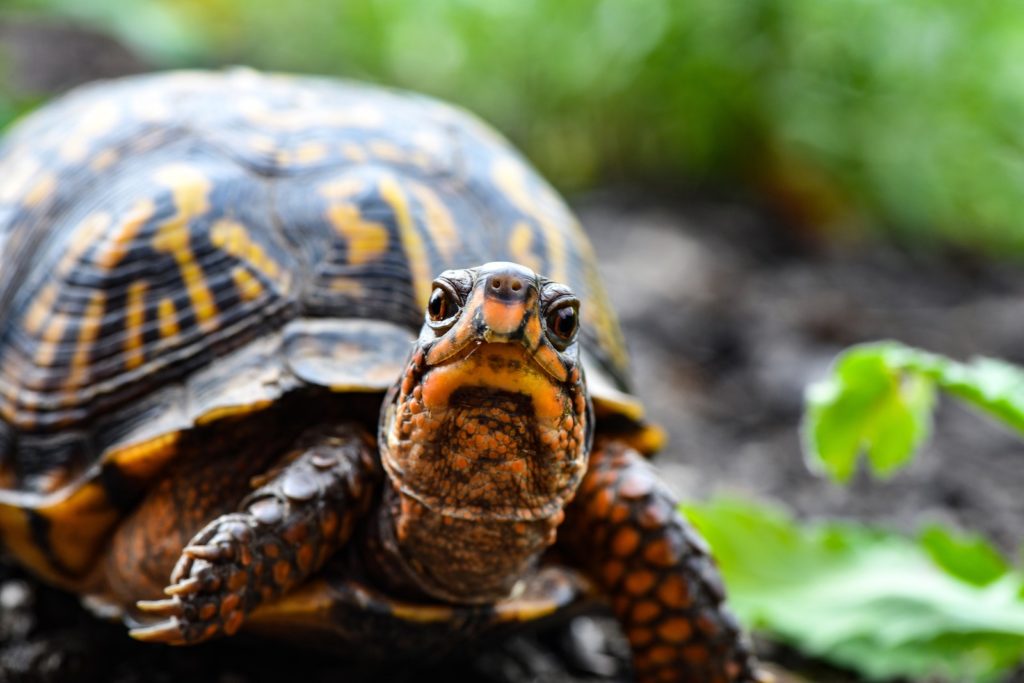
Follow these steps when helping an injured turtle:
- If a snapping turtle, use the methods described below. A shovel also works.
- If the turtle is deemed dead, still rescue it so the eggs can be saved. Bring to us, and we will incubate them.
- Place the turtle in a well-ventilated box and keep it warm, dark, and quiet while bringing to OWL.
- Do NOT put anything on wounds – this inhibits the patching materials that we use. Use only paper tape and gauze or nothing at all.
- Get the turtle to us ASAP – debris and parasites need to be cleaned out of the wounds before it becomes infected.
Common Scenarios
Hit by a Car
Gently pick up the turtle and any pieces of shell that you see. We can often repair shell fractures if we have all the pieces.
Dogs
Dogs will often find turtles in the yard and use them as chew toys. A turtles shell is living bone and these injuries will need to be repaired
Signs of Injury
If you notice any of these issues, contact OWL as soon as possible:
- Cold and lethargic.
- Covered with fleas, ants, ticks, or flies/flystrike (looks like small clusters of rice anywhere on the baby).
- Has been in a cat or dog’s mouth
- Has been hit by a car
- Has been hit by a mower
- Broken limb, cuts, or bruises.
- Head tilt.
- Bleeding.
- Unable to stand or move without falling over.
Common Concerns
Remember: Your safety always comes first.
Assess the size/species of the turtle and determine how to best help it safely cross the road. NEVER try to pick up a snapping turtle. They have a long reach and a powerful, dangerous bite.
Follow these steps: For all turtles other than snapping turtles.
- Determine the direction the turtle is trying to go. Turtles follow historic migration routes determined thousands of years ago. Carefully observe its intended direction, and make sure you put it in the direction it was going.
- Pick the turtle up by both sides of its shell and gently place it in the grass in the direction it was traveling.
- Determine the direction the turtle is trying to go. Turtles follow historic migration routes determined thousands of years ago.
- Carefully observe its intended direction, and make sure you put it in the direction it was going.
- Have the turtle bite a stick and put a towel or car mat under its belly and pull it across the road.
- Herd the turtle with a stick.
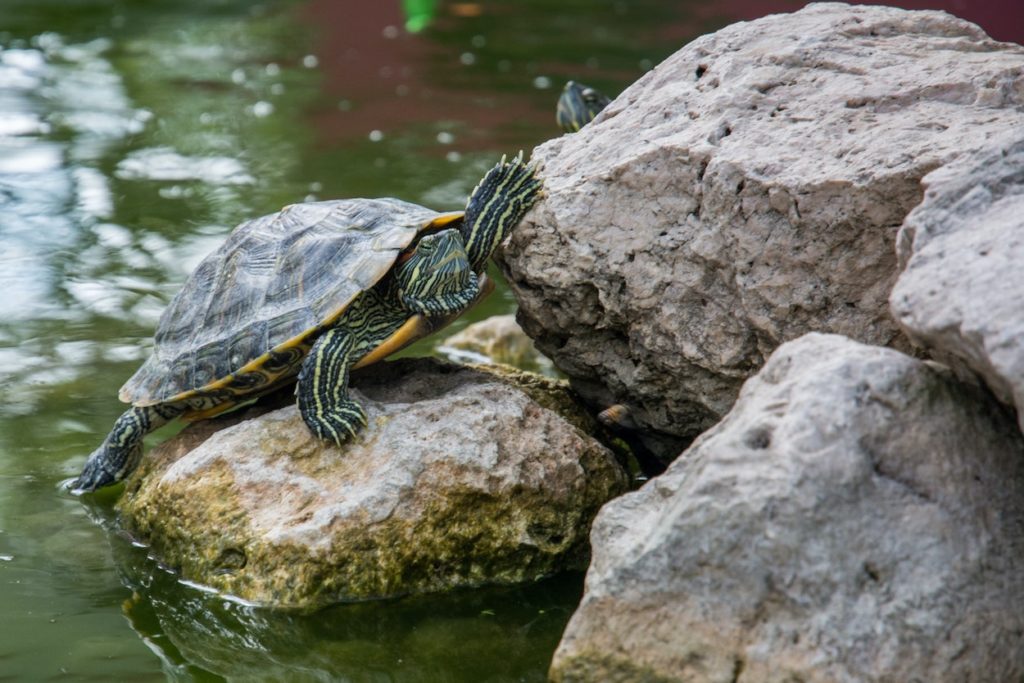
Contact Operation WildLife for help.

